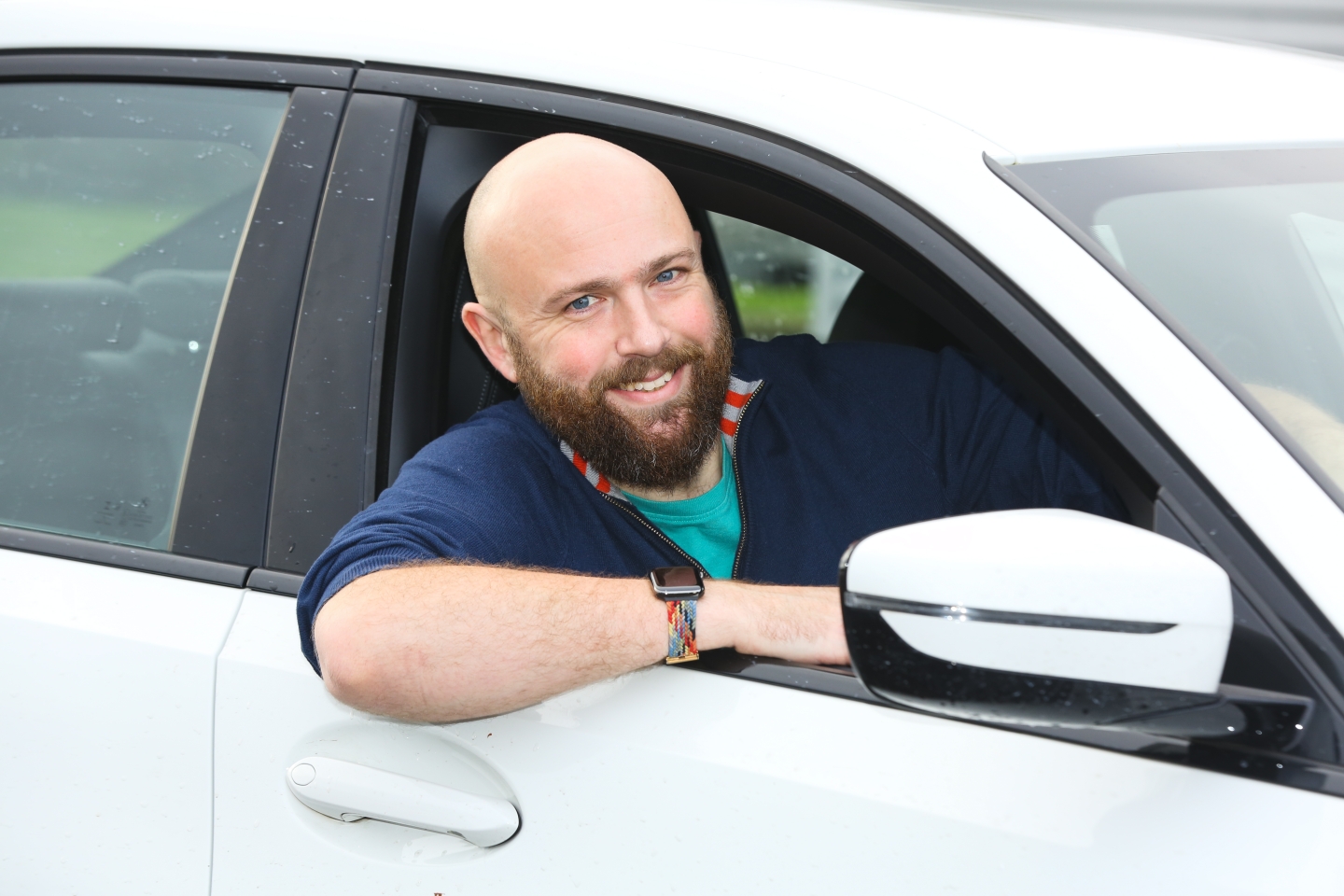Want a new car but don’t know which one? Here’s how to research and find the perfect car for you
There are countless ways to research your next car – YouGov statistics suggest half of UK car buyers go on recommendations from friends and family, while others use TikTok, video reviews and advice from car dealers.
While this is all absolutely fine, here at Motorpoint we’ve come up with a simple step-by-step method for researching and choosing your next car from the hundreds on sale.
Step 1: Pick your body style
Think about how many people and how much stuff you need to carry in your car. This will dictate the body style – or type – of car you’ll need. Let’s break it down by the popular body styles.
SUVs
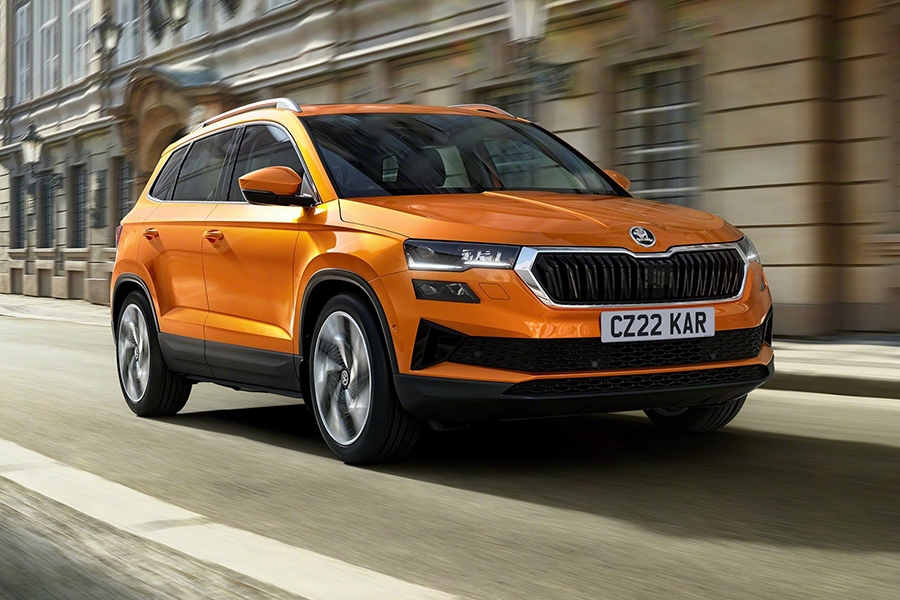
SUVs sit you up higher than in other cars and tend to have big boots. They come in different sizes, but remember most SUVs tend to be more expensive than an equivalent hatchback and, as with all cars, bigger ones cost more too.
Small SUVs such as the Ford Puma, Peugeot 2008 and VW T-Cross are all a similar length to small hatchbacks (the Ford Fiesta, Peugeot 208 and VW Polo in this case), but are taller.
Medium-size or mid-size SUVs such as the Kia Sportage, Peugeot 3008, VW Tiguan and Skoda Karoq are similar in length to a family hatchback – a VW Golf size car. But they have more space in their back seats and boots that can carry a couple of large suitcases without running out of room.
Then you’ve got your large SUVs, some of which have three rows of seats and space for seven people. These are cars like the Audi Q7, Volvo XC90, BMW X5, Kia Sorento and Skoda Kodiaq. While these cars don’t have lots of boot space with all seven seats in place, you can flip the third row of seats flat and you’re left with a cavernous boot space. Ideal for active families who take lots of stuff with them.
Hatchbacks

Hatchbacks are a great choice if you want decent cabin space but don’t want a car that’s huge on the outside – they’re a good compromise that’s worth checking out if you struggle for parking space but still need the ability to carry things. They sit you lower to the ground than an SUV, and they tend to get better fuel economy because they’re more aerodynamic. Popular hatchbacks include the VW Polo and Golf, Ford Fiesta and Focus, Skoda Octavia, Audi A3, BMW 1 Series and Kia Ceed.
Estate cars
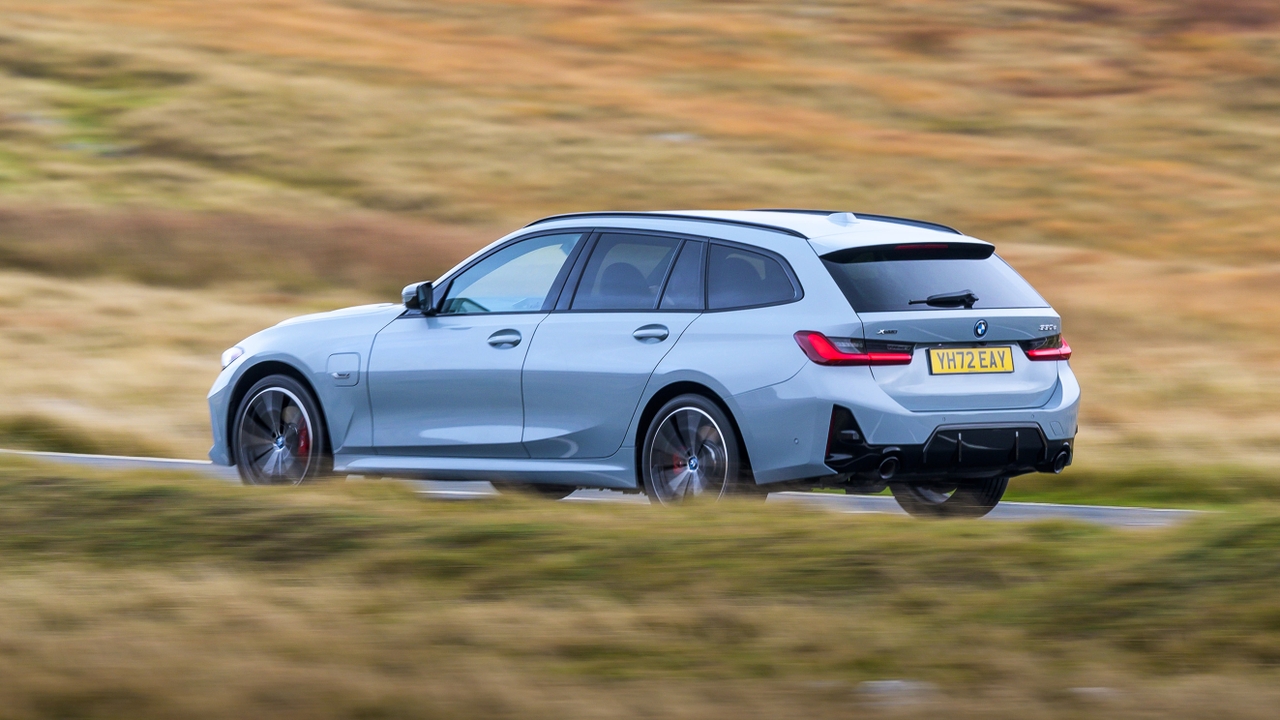
If you like hatchbacks but want more boot space, then check out estate cars. These are the original load luggers, and are usually based on hatchback or saloon cars but with a longer roof and a squared-off rear end. The result is usually a large boxy boot space, and if you can flip the rear seats down flat you’re left with a car that can usually carry huge amounts of boxes, and sometimes even a sofa.
Our favourite estate cars include the BMW 3 Series Touring, Skoda Superb Estate, Audi A4 Avant and the Ford Focus Estate.
Saloon cars
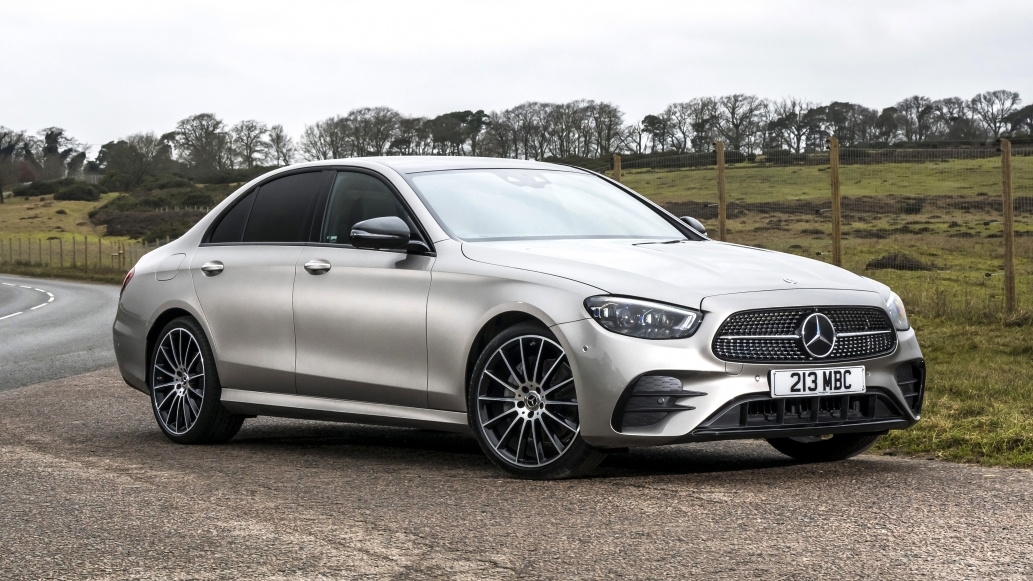
Saloon cars are similar to hatchbacks, but they have separate boot compartments. In a saloon you open the boot lid and you can’t see into the cabin of the car – on a hatchback when you open the boot the rear window glass lifts up as well, so you can berate your children while you’re putting the shopping in the boot.
Saloon cars have a more executive image than hatchbacks, but they still work well as family cars and many saloons have more practical estate versions. Popular saloons include the BMW 3 Series, Audi A4, Mercedes C-Class and Alfa Romeo Giulia.
MPVs
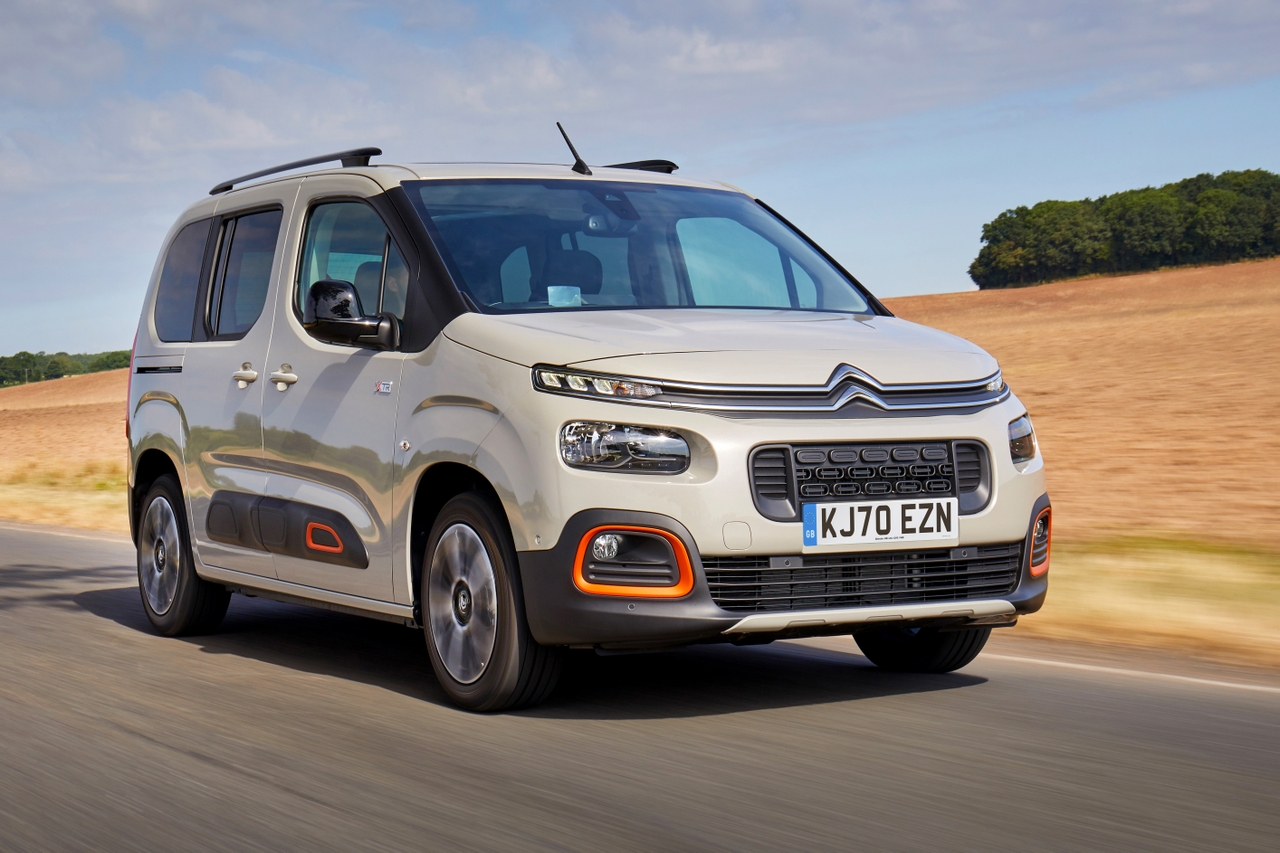
MPVs are people carriers – practical family cars, sometimes equipped with handy sliding doors. This makes them ideal if you have kids – it makes for easier child-seat access and also stops doors being swung open into parked cars next to you. They tend to have large boots too. Popular MPVs include the VW Sharan and Citroen Berlingo.
Coupes, convertibles, sports cars

If your requirements don’t stretch beyond two seats and a small boot and you also want to enjoy driving, then consider a sports car, convertible or coupe. These cars usually trade back-seat access for swooping rooflines, stunning looks and powerful engines. That said, some convertibles and coupes have rear seats, but they’re usually a bit cramped and hard to get into.
Step 2: Start a shortlist
Now it’s time to find the best cars in the style you like. There’s an easy way to do this: check out all of our best car lists. There are a couple of links below that should help you find the best cars in each category. Then start a shortlist on your phone’s notes app or a spreadsheet and compare your favourites.
Step 3: Refine your search
Now you’ve got a couple of cars on your shortlist, work out which versions – called trim levels – have the features you want. Chances are that heated seats aren’t standard on the entry-level version. So check out the various manufacturer websites to see which versions have what you need, or click into our advert pages where you’ll find a full list of that particular car’s features.
Choose a fuel type
As part of your shortlisting, you'll need to decide what fuel you want your car to use. If you do lots of long motorway journeys then a diesel car is going to be your best bet – they're very efficient on long cruises and you'll see decent fuel economy of around 50mpg in most 2.0-litre diesel cars. Be aware that modern diesel engines with diesel particulate filters (DPFs) don't particularly like lots of short journeys where they won't fully warm up, which can cause damage to the car.
If you do shorter journeys then petrol's a better bet. Petrol engines warm up more quickly than diesels, they also tend to feel smoother and quieter, but they have worse fuel economy than diesel engines. That's often offset a bit by a cheaper purchase price.
Next up is the world of hybrids. 'Self-charging' or 'full' hybrids can't be plugged in and they use a petrol engine combined with an electric motor to give short bursts of electric-only driving. The upside is you don't have to worry about charging, the car just manages its electricity supply to improve your overall mpg.
Plug-in hybrids (PHEVs) have bigger batteries than self-charging hybrids, and can usually travel about 30 miles on electric power alone, usually at speeds of up to 70mph, after which the petrol engine will be called upon to help. You'll need to charge them to see the mpg benefits though – running them on petrol power alone usually results in poor fuel economy.
Finally, there are EVs – fully electric vehicles. These have no petrol or diesel engine at all, and simply use a big battery to power one or two motors driving the wheels. The driving range of EVs varies from about 130 miles for older small EVs to 300+ miles for the latest models. You'll need to plan longer journeys around public fast charging points, and it's worth getting a home wallbox installed so you can charge your car overnight – ideally on a cheap electricity tariff.
How will you use your car?
Although we've covered the basics of how many people and what stuff you'll be carrying in your car, also consider how you'll use it throughout the year. If you live in a rural area with cold winters, do consider a four-wheel-drive car. Likewise if you pound out lots of motorway miles each year then pick a car that's good for motorway driving. If you drive lots around town, ensure your shortlist covers cars with reversing cameras!
Step 4: Check tax, insurance and running costs
Now there’s no point setting your heart on a car if the tax and insurance costs are going to be prohibitively expensive. Run your three favourite cars through an insurance comparison website to make sure you’re not going to have any nasty surprises should you buy that car. Make sure to read our road tax guide to see how much your new car will cost.
Also consider general running costs. Do some online research into rough service costs, because they can vary quite a bit between brands. Generally speaking, more premium brands tend to charge higher labour costs for servicing. You'll also want to consider the costs of consumables – things like tyres can cost an arm and a leg if they're big ones for an SUV. Also work out your average fuel costs for a year – use your car's average mpg, the average cost of fuel and your average annual mileage to prepare yourself for any increase in expenditure at the pumps.
Step 5: How will you finance your new car?
It sounds obvious, but make sure you've thought about how you'll pay for your new car. If you're buying new or used then you'll have the option to use a range of finance options, including Personal Contract Purchase (PCP) and Hire Purchase (HP). PCP finance results in the lowest monthly payments, but you won't own the car at the end of the agreement – instead you'll have a choice to pay a 'balloon payment', hand the car back or use any equity towards another car.
HP finance is more straightforward – you simply pay off the full value of the car in monthly chunks, and at the end of the agreement the car will be yours to own.
Don't forget that you can also take out a personal unsecured loan to buy a car – just like you would for funding home improvements. And naturally, you can pay cash (well, a bank transfer) if you have the money to hand.
Step 6: Get your bum on a seat!
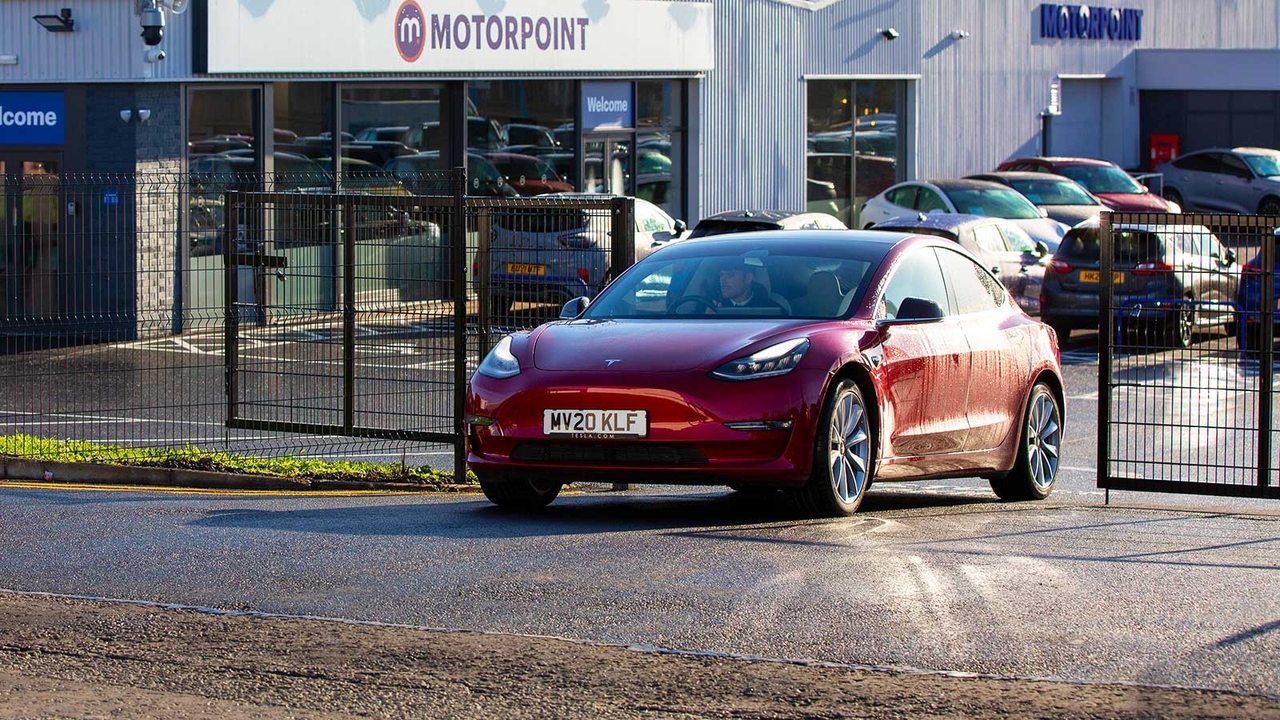
Now it’s time to head out into the real world – perhaps a Motorpoint store – and sit in the cars on your shortlist. Can you get comfy in the driver’s seat? Do your child seats fit in the back? Is the boot the size you expected?
Then it’s time to take your favourites for a test drive. Does the clutch feel nice and light? Can you get a good view out? Does the engine feel powerful enough? Get out on to roads similar to those you use in day-to-day driving, whether that’s 70mph dual carriageways, urban 20mph limits or country roads.
Step 7: Make your choice
By now you should’ve worked out which of your cars you prefer – and don’t worry if it’s not a popular car you see everywhere! There are very few bad cars on sale these days, so it’s important you buy the one that’s right for you – whether that’s because it’s comfy for you, has the right tech or the right amount of space. And on the flip side, don’t be afraid of joining the masses and buying a Nissan Qashqai… popular cars are popular for a reason!































